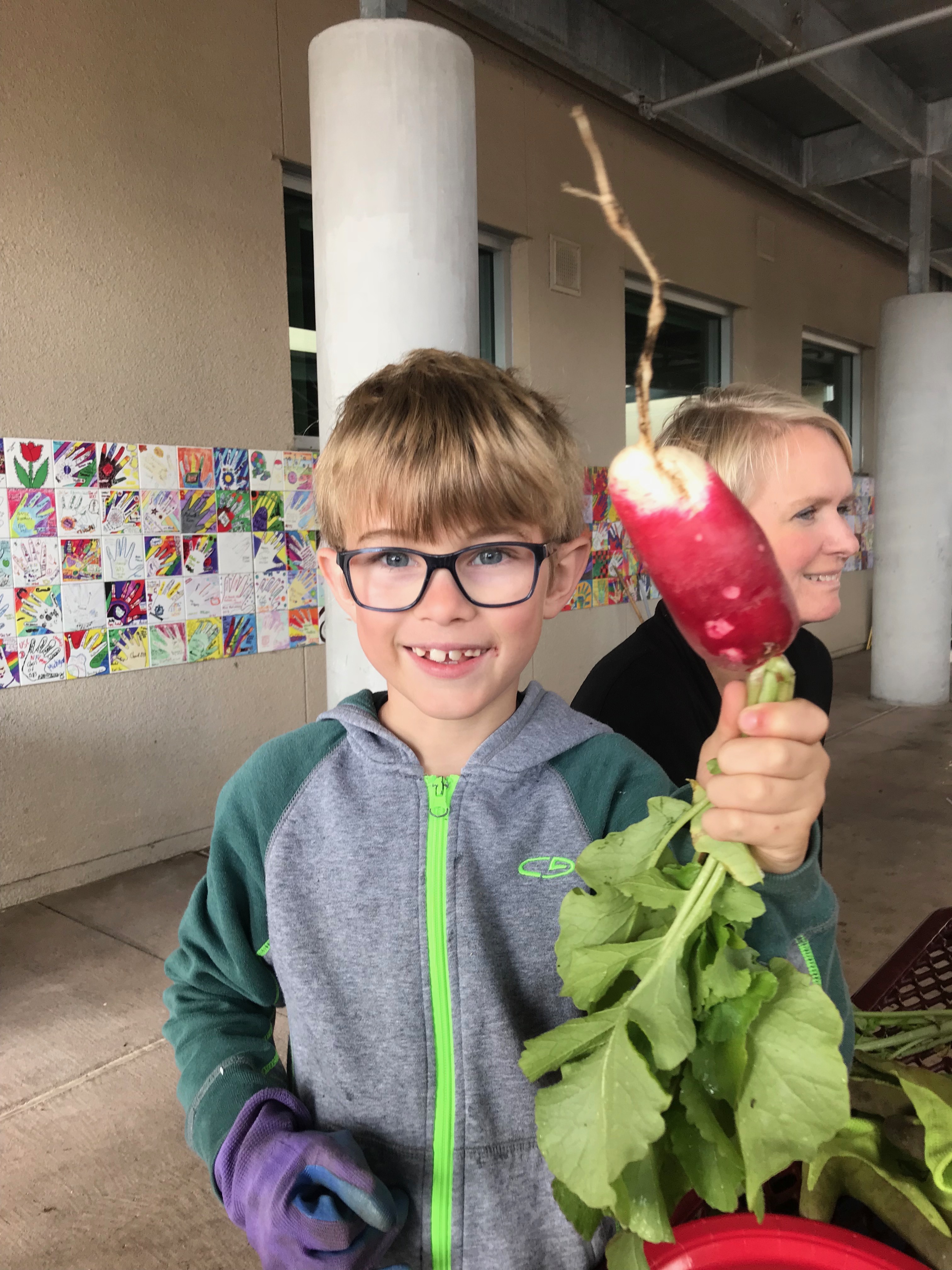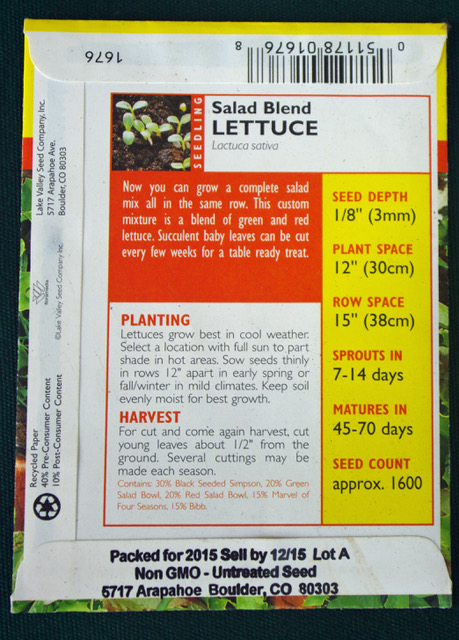Children enjoy growing vegetables and research shows that gardening experiences lead them to expand their dietary choices. Seed and plant catalogs contain a wealth of information to help you decide what to grow. Choose plants that grow quickly and are familiar to them. Lettuces, radishes, sugar snap peas and cherry tomatoes are among student favorites. Select disease-resistant varieties, if they are available.

WARNING: Do not plant peanuts as some students may have an allergic reaction. Do not plant fava beans, which can be fatal in individuals who have an inherited enzyme deficiency. The leaves of tomato, potato and rhubarb plants are toxic when ingested. Do not plant them where toddlers and preschoolers might play.
Some vegetables benefit when planted in close proximity to specific plants. For example, planting marigolds in the vegetable garden helps repel nematodes. Conversely some vegetables should not be planted close to others. Go to Companion Planting for more information about companion planting dos and don’ts.
Plant vegetables that will mature and be picked during the school term. Most vegetables are annuals – they grow, produce and die in a single season. Cool season crops include lettuce, spinach, radishes, peas, and Cole crops such as broccoli. Tomatoes, peppers, and squash are among the warm season crops that mature during the Summer. For more information on the right time to plant vegetables in your locale go to the Vegetable Planting Guide.
Growing flowers can support artistic themed gardens such as color wheels and geometric designs. Including flowers in your garden also helps attract birds, butterflies and beneficial insects.
Annuals or perennials? Annuals are plants that mature and flower the first year, generally dying in Summer or Fall. they can be started from seed or purchased in six packs or pony packs from a nursery. Some plants, grown as annuals in colder parts of the country, will live and bloom for several years in our mild climate. Perennials live for several years. They may, or may not, bloom the first year. Perennials and annuals can be mixed together, but it is wise to space them so pulling the annuals at the end of the season will not disturb the root systems of the perennials.
If you are mindful of the horticultural requirements of the plants you choose, you can plant a combination of vegetables and flowers.
Helpful resources include:
-
- The Sunset Western Garden Book, to determine the plants that will grow well in your climate zone.
- Seed and plant catalogs. They contain a wealth of information to help you decide what to grow.
- The UC Vegetable Planting Guide for San Diego County has information on planting dates for warm and cool season crops in coastal and inland areas.
- Seed packets to get information on germination time and time to harvest.
